18th century woodblock prints after designs by Itchô Hanabusa,
from a 3-volume series called (approx.) The Butterfly Picture Books
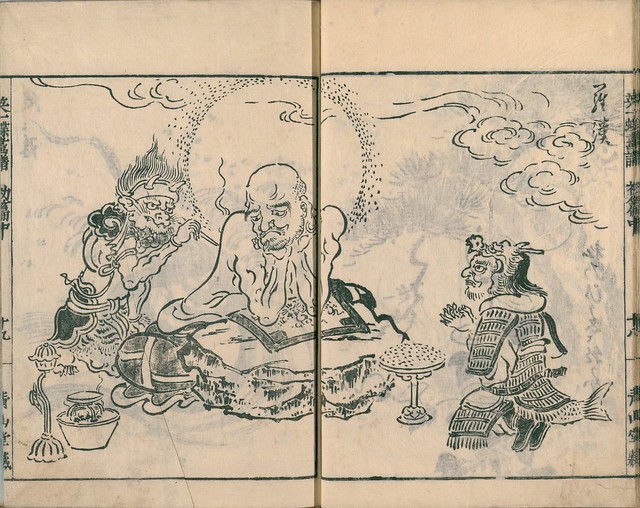
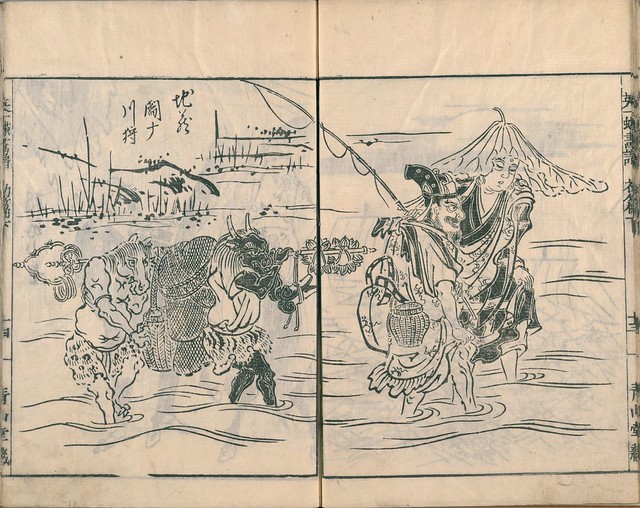
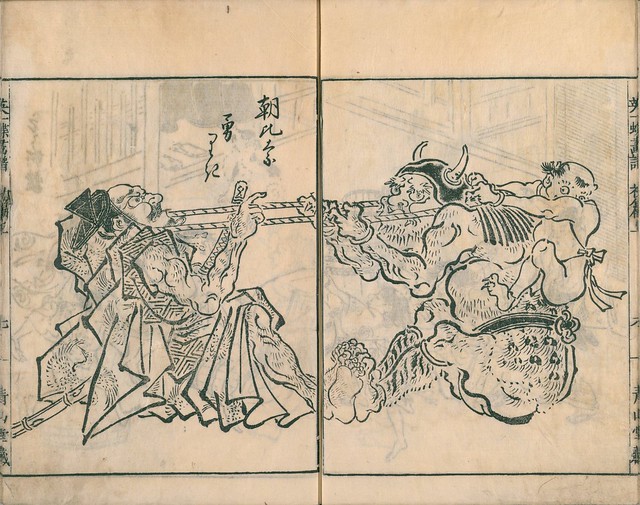
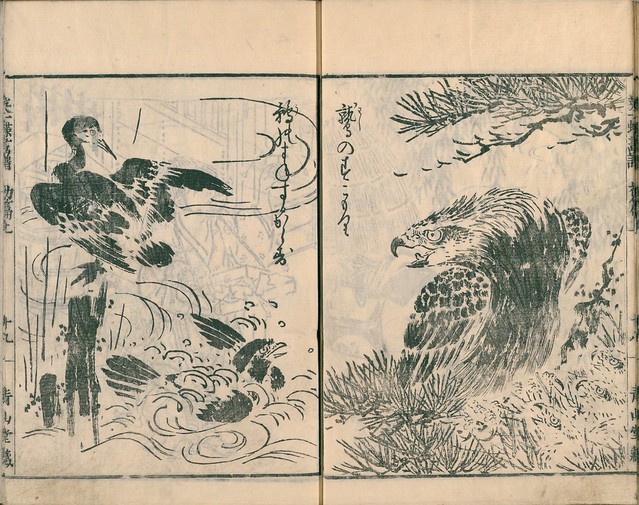
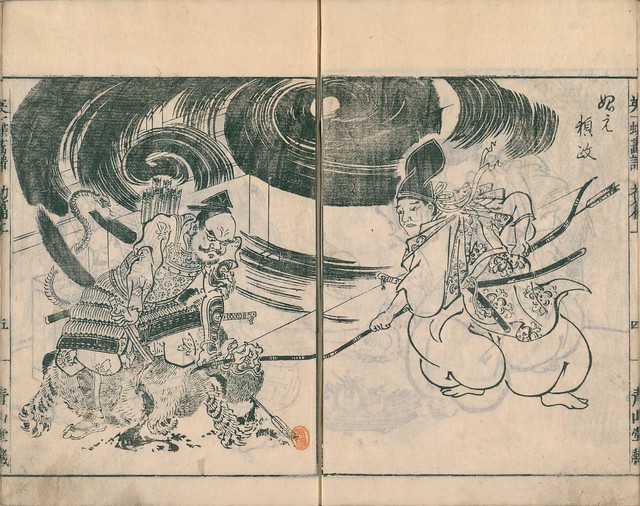
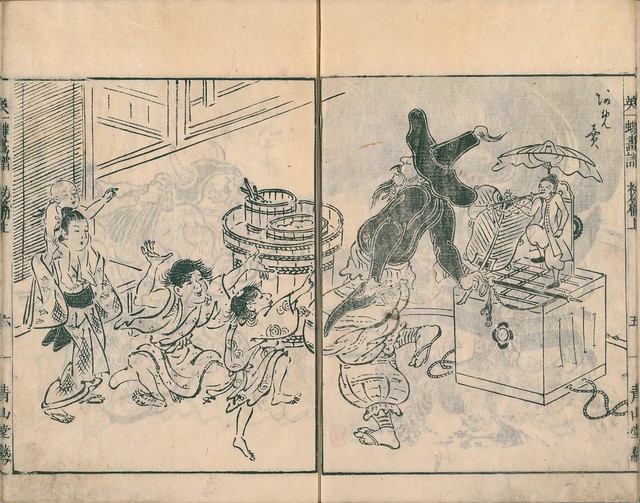

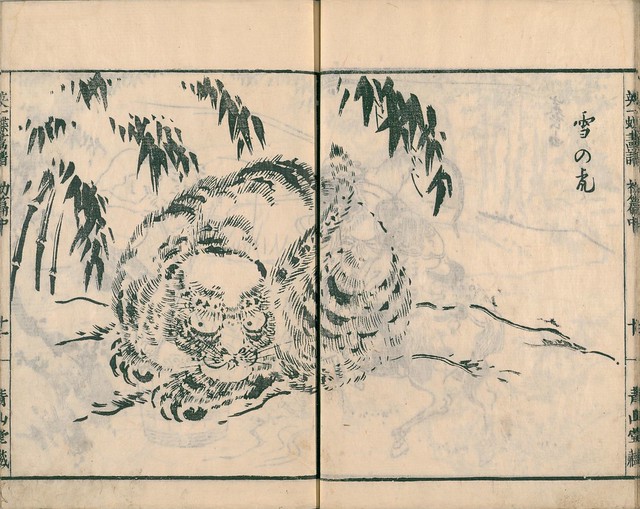
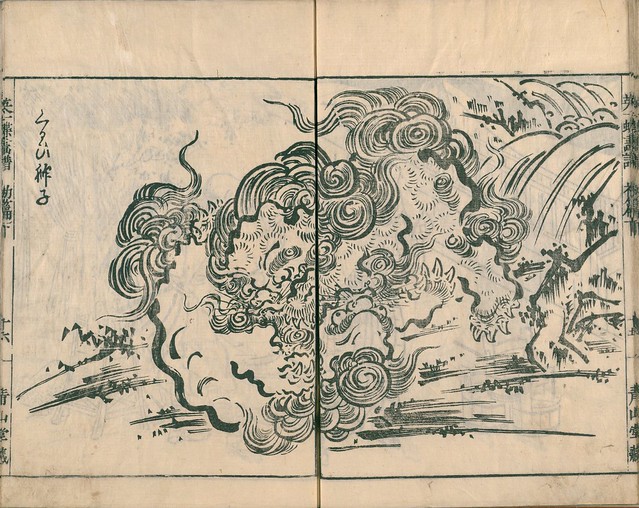
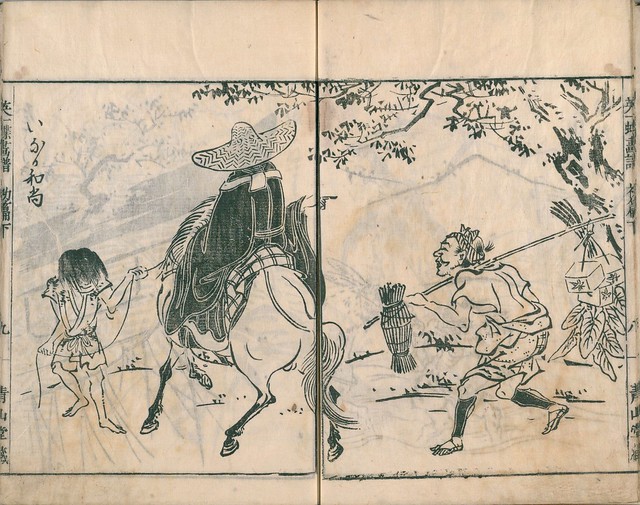
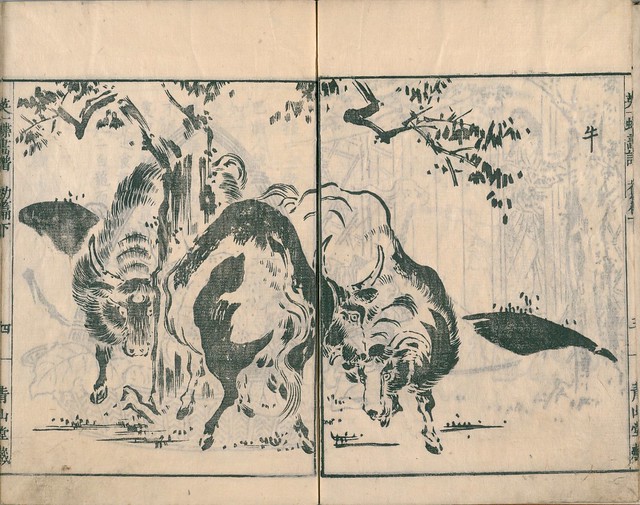
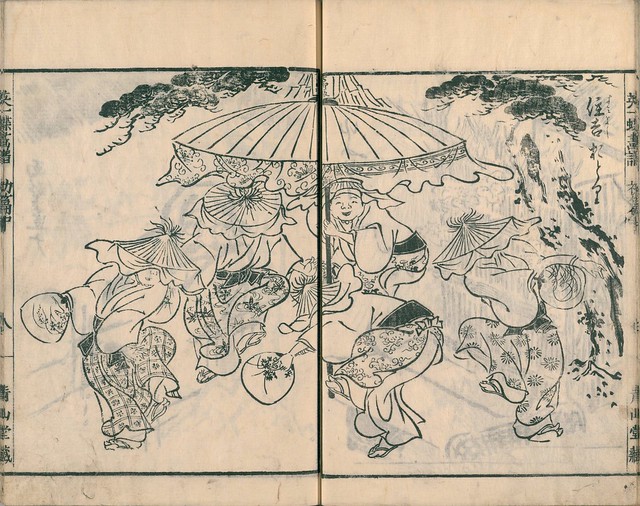
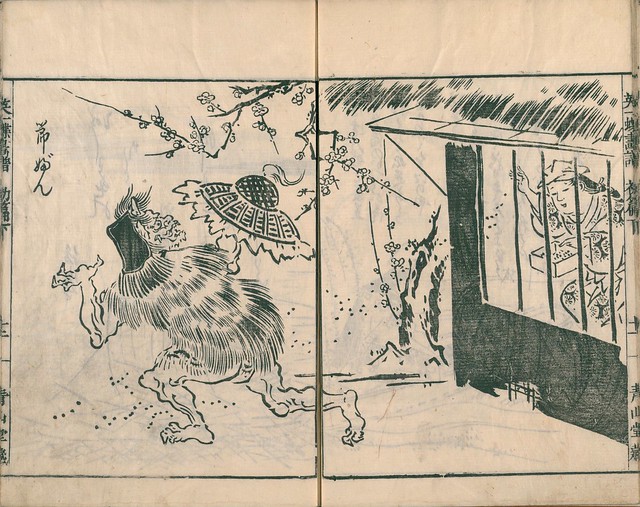
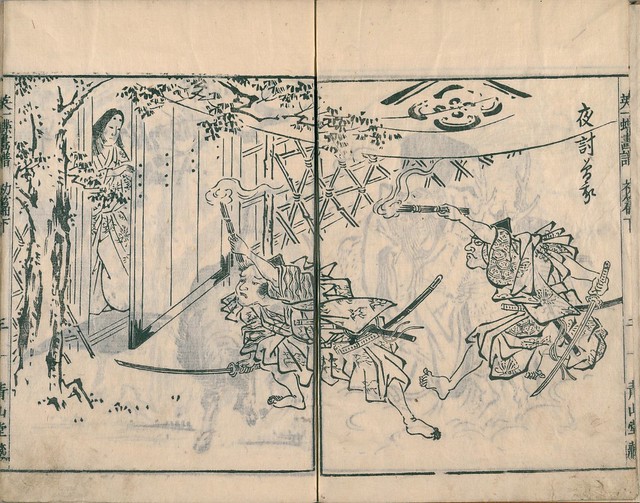
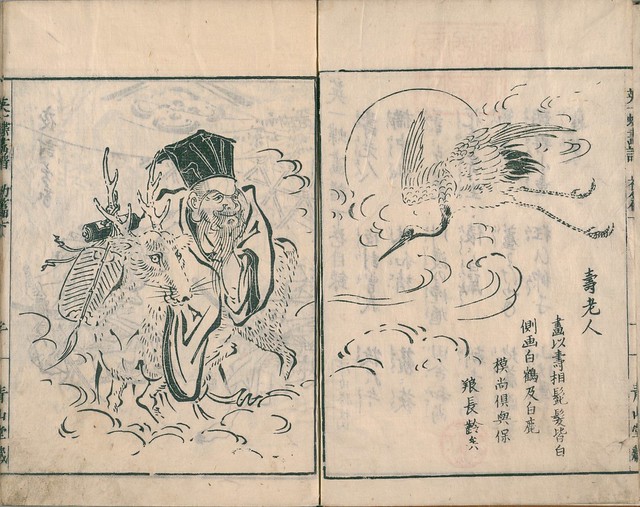
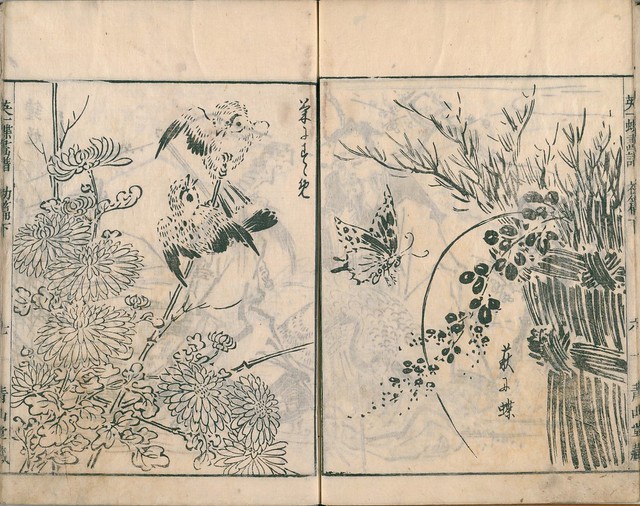
The National Diet Library of Japan presents the 3 book series, 'The Butterfly Picture Books' (~1778), containing over 60 woodblock illustrations by Suzuki Rinsho after designs by Itcho Hanabusa, who died over fifty years before this series was published by Yamashiroya Sahei. [choose a volume, then click the large button, top-left, bearing the kanji characters, サムネイル一覧, for thumbnail layout]
That final image above is the only one featuring an actual butterfly, so perhaps the title is more metaphorical than literal in nature : I presume some of the monster-types and other weird characters belong to the classical mythology and folklore, about which I know next to nothing. I just enjoy the unique illustration style and unusual designs. [mythology | deities | creatures]
I'll let that paragraph immediately above stand, but I've also discovered slender reports of a couple of other tropes running through this series. Beyond Hanabusa's sketching scenes of everyday life, - which was actually a novel subject for painting in Japan around 1600, believe it or not - some of the depicted absurdities probably relate to characters and musicians from theatrical street performance, and a few of the illustrations reference the Sino-Japanese tradition of the Lion Dance or Shishi-mai.
Itcho Hanabusa "was a Japanese painter, calligrapher, and haiku poet. He originally trained in the Kano style, under Kano Yasunobu, but ultimately rejected that style and became a literati (bunjin). He was also known as Hishikawa Wao and by a number of other art-names". [source]
And from the (stellar!) British Museum Prints Database : "Hanabusa Itcho (英一蝶) (painter/draughtsman; Japanese; Male; 1652 - 1724) -- an unusual artist, originally from the Kano school, who was active in Edo for a comparatively short period from the end of the seventeenth century to the beginning of the eighteenth century. Said to have combined the Tosa and ukiyoe styles of painting."Previously: Japan.
I may also owe Will a nod of thanks for nudging this area of the world back onto my radar screen, one way or another.
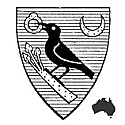








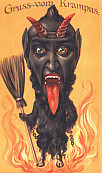
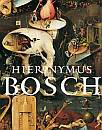
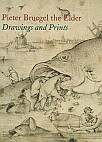
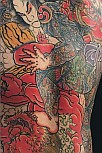
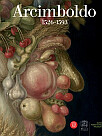

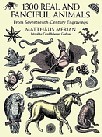
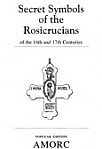


5 comments :
Vraiment très intéressant ! Merci
i like this so much!!!
Terrific post, thank you!
Thank you for this wonderful images, and the extremely high resolution! It's a real gift
Thank you for this. It's amazing.
Post a Comment
Comments are all moderated so don't waste your time spamming: they will never show up.
If you include ANY links that aren't pertinent to the blog post or discussion they will be deleted and a rash will break out in your underwear.
Also: please play the ball and not the person.
Note: only a member of this blog may post a comment.